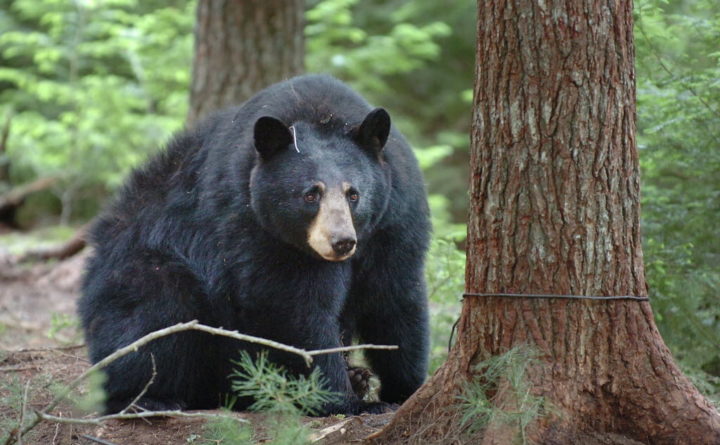
This is the second of four stories outlining the Department of Inland Fisheries and Wildlife’s recently unveiled big game management plan, which includes deer, bear, moose and turkeys.
Back in the 18th century, black bears created such a nuisance among settlers that they were widely reviled. In fact, in 1770 the state put its first bounty on bears, and it wasn’t until 1957 that the cash reward for killing bears was repealed for good.
But as the state unveils its latest 10-year big game management plan, one thing is clear: Maine once again has more bears than its residents would like, and state biologists need some new options if they’re going to shrink the bear herd.
“We know the population is going to a place that we don’t want it to be. There’s the possibility that increasing populations increases the pioneering of new habitat [by bears] and movement of bears into new areas where people live,” said Randy Cross, a wildlife biologist for the Maine Department of Inland Fisheries and Wildlife and the longtime crew leader of the department’s bear research project. “And once they kind of establish themselves in those places, it can be hard to move that line back. Once they’ve crossed the line, it’s probably more or less a permanent thing.”
The County is pleased to feature content from our sister company, Bangor Daily News. To read the rest of “Maine’s wildlife biologists want to shrink the bear herd, but they’ll face some challenges,” an article by contributing Bangor Daily News staff writer John Holyoke, please follow this link to the BDN online.







